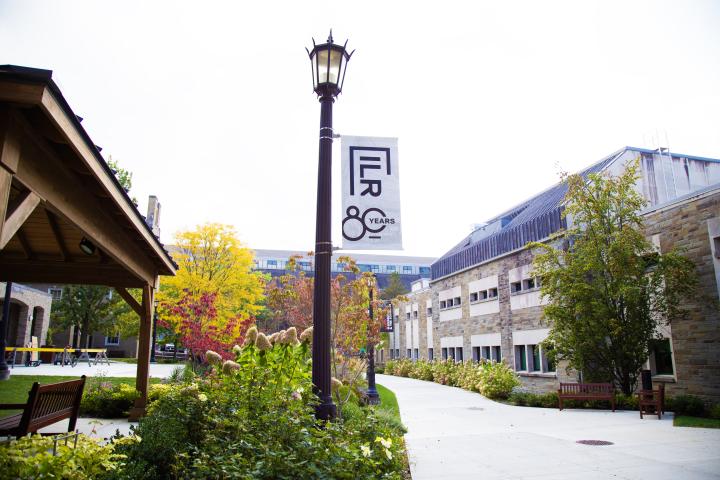
Fundamental Question, Fresh Answer
In “Order on the Edge of Chaos: Social Psychology and the Problem of Social Order,” Professor Edward J. Lawler and co-authors buck top-down social theory.
“Our book argues that the sources of social order and stability are to be found at the micro level, in social interactions where people do things together,” Lawler said. “We’re saying the actions of each other are essential.”
A sociologist who is ILR’s Martin P. Catherwood Professor of Industrial and Labor Relations, he sees order as springing from small units to larger ones – from one’s team versus the larger organization, for example.
“Who am I within my team? It’s how you define who you are that determines what you do. Identities can’t get set unless they are affirmed by others,” Lawler said.
“When positive vibes are created within the team, those tend to rub off on the larger organization.”
In other words, if the people you work with day to day make you feel good about yourself and what you do, you will probably feel more positive about the larger organization, Lawler said.
If your teammates identify with the larger organization by wearing its branded sportswear, their garment choices probably emanated from good feelings bubbling up from your unit, he said. It’s doubtful they trickled from the top.
Here’s why: human interaction at personal levels begets emotions, which lead to shared goals and responsibilities, explain Lawler and co-authors Shane R. Thye, University of South Carolina, and Jeongkoo Yoon, EWHA Women's University, South Korea.
That person-to-person interchange forms a foundation for making possible a sense of order within the larger organization, according to their Cambridge University Press book, published in December.
Most economists, sociologists and political scientists answer the classic “how is social order possible” question posed by Thomas Hobbes, English Enlightenment philosopher, differently than Lawler and his co-writers.
While not flatly rejecting the prevailing theories of order being driven from the top, Lawler said his book suggests that the top-down idea is more limited than typically assumed by social scientists.
James Moody, the Robert O. Keohane Professor of Sociology at Duke University, said the book takes on deep questions at the root of classical social theory.
“The results speak to questions of power, identity, stability, meaning, morals and more. The work will be a key resource for students in social theory courses and professional sociologists seeking to answer big questions in a rigorous manner.”
The book’s message might also provide solace for individuals finding it challenging to create and sustain order in organizations, communities and everyday lives; order is within our grasp.


